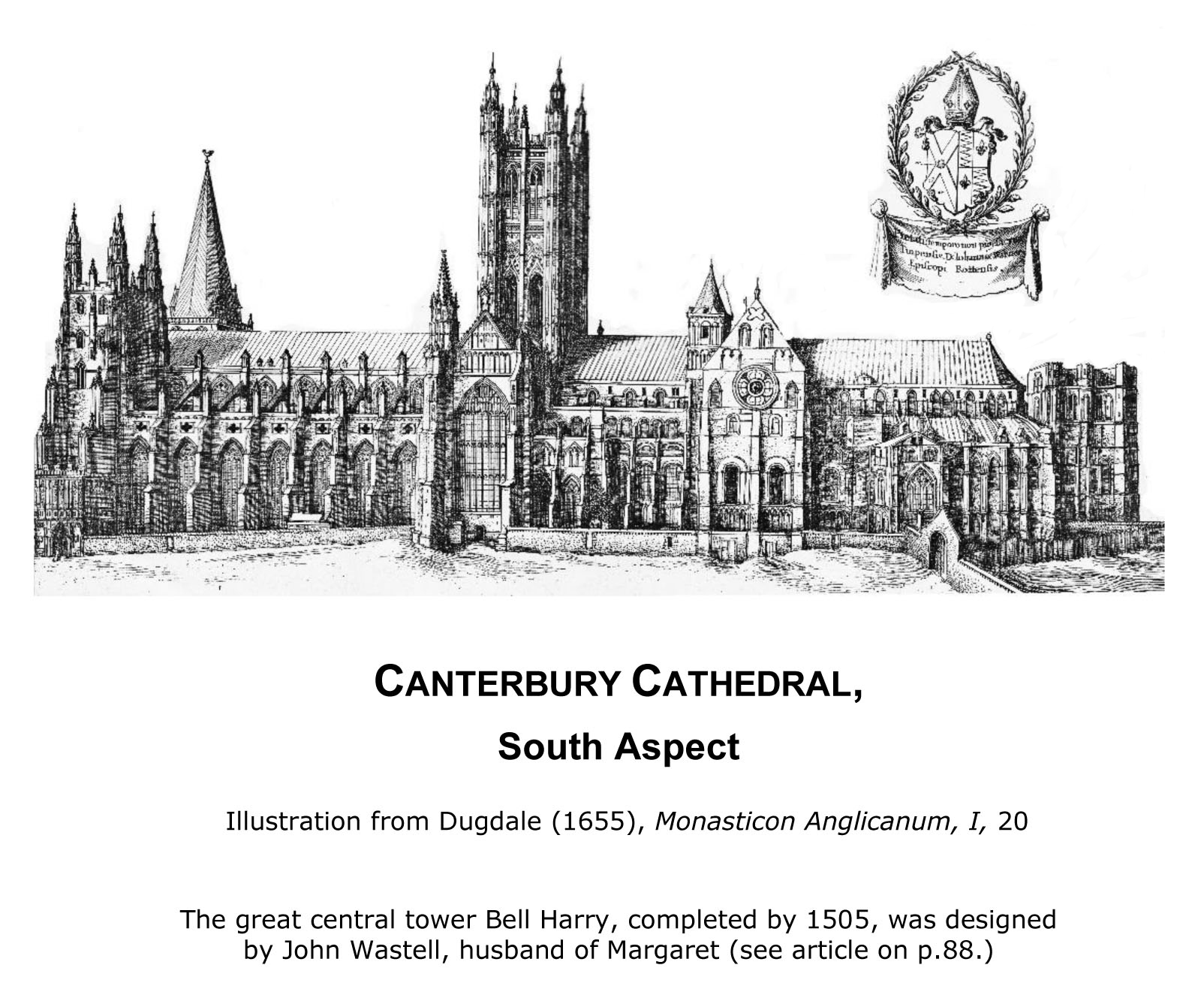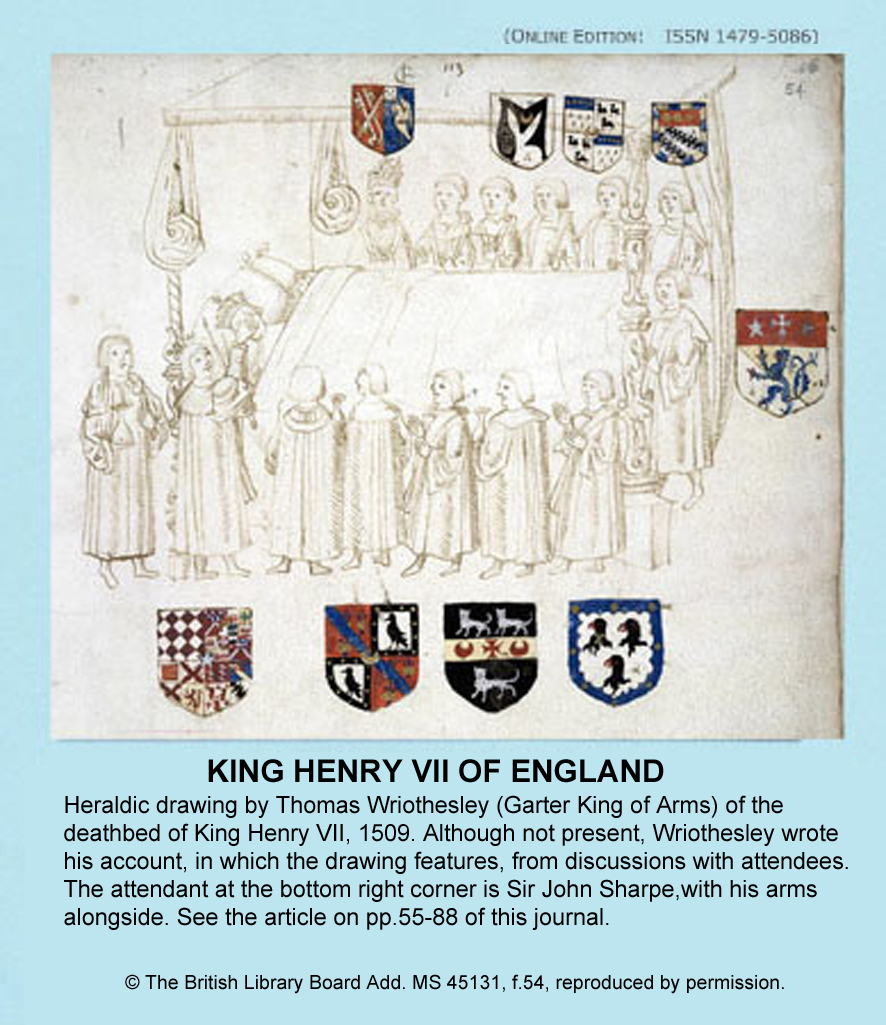Foundations
Volumes 1 to 3 were published, six issues per volume, at 6-monthly intervals between 2003-2011. They are available as PDF downloads on open access. It is recognised that some of the earlier articles, particularly those of a technical nature, are now rather dated. They are retained as part of the journal's history.
Click links to view: Volume 1 Volume 2 Volume 3
Subsequently, volumes 4 to 15 were published annually from 2012 to 2022, both printed and online. They can be accessed by clicking the volume numbers below, displayed in reverse order with most recent first. To download and/or print individual articles please select the "PDF version" button near the top of each article.
From 2023, Foundations online continues the series from volume 16 onwards. An option is provided for downloading individual articles.
Note: Standardised abbreviations for commonly used sources may be used in articles without further definition. Click here for a list.
Foundations Volume 16
 Volume 16 of Foundations is published online. Summaries of articles are shown below. The full articles are in PDF format and can be accessed after login [click login on the menu bar]. More articles will be added as they become available.
Volume 16 of Foundations is published online. Summaries of articles are shown below. The full articles are in PDF format and can be accessed after login [click login on the menu bar]. More articles will be added as they become available.
See "Joining and Supporting" for how to subscribe and subscription rates.
Extracts of articles in Volume 16
01 – A proposed reworking of the Debenham pedigree
by Michael Andrews-Reading and Rosie Bevan
Untangling the successive generations of men named Gilbert Debenham who occupied a prominent role in Suffolk local government from the mid-1300s to the late-1400s has long proved a challenge. Authorities from Parkin to Wedgewood have unintentionally presented incorrect pedigrees, including family members and matches who had no historical existence and multiplying four Gilberts into five. This article traces the origin of the Debenham family, sets out their marriages, and aims to present a corrected pedigree based on primary sources.
02 – Pierre de Grandson and his family – Part 2. Note on Bonvillars & Cicon marriages
by David Williams
Further research has led to me to revise my thinking on the marriages between Grandson and the Bonvillars and Cicon families which I postulated in Foundations 15 (2022), pp. 11–15 and 16–19.
03 – A letter of Henry de Bonvillars, prior of Wenlock?
by David Williams
Authorship of a letter in the National Archives series SC 1/1–1/64, Ancient Correspondence of the Chancery and the Exchequer, has been attributed to William de Grandison, younger brother and deputy of Otho de Grandison, first Justiciar of North Wales. The letter reports on the works carried out at Conwy castle by the constable, William de Cicon, and has been dated variously from c.1284 to c.1288–9. A new analysis of the text and the context in which the letter was composed, inclu¬ding an examination of the role played by Grandison family relationships and affinity networks, leads the author to conclude that it was probably written in 1288 by Henry de Bonvillars, prior of Wenlock, and that William de Grandison was the recipient not the sender. The study also throws more light on extended relationships between the Grandison and Bonvillars families.
04 – Pedigrees, Power and Clanship: the Genealogical Works of David Sellar
by Hector L. MacQueen
This article presents an overview and critique of the genealogical writings of the late David Sellar (1941-2019), Lord Lyon King of Arms in Scotland 2008-2014. Sellar focussed on the medieval genealogies of the chiefs of the West Highlands and Islands, especially Somerled and his descendants, the MacDonalds, and the MacDougalls. He was also interested in the Gaelic-Norse descent of the MacLeods and the Nicolsons as well as the possibly British Campbells, while he posited an Irish-Gaelic settlement of the lands of Cowal and Knapdale. While some of his findings have been overturned by more recent scholarship and the findings of DNA research, Sellar was a pioneer in his field who established a genealogical methodology of enduring value and use in the broader context of research, not just in Scotland, but also in other parts of the British Isles and in continental Europe.
Foundations Volume 15
Online edition, published November 2022

Public domain image downloaded from World History Encyclopedia
https://www.worldhistory.org/image/8257/monk-working-in-scriptorium/
Foundations Volume 11

Hywel Dda
Image from NLW site: http://delwedd.llgc.org.uk/delweddau/lhw/lhw00013.jpg
Hywel Dda (Hywel the Good) was a 10th-century ruler of most of Wales (known as Deheubarth). He is highly esteemed and is particularly linked with the codification of traditional Welsh law, thenceforth known as the Laws of Hywel Dda (Cyfraith Hywel) which continued in use until the 16th–century "Laws in Wales Acts" that imposed English law. See p.66 of this journal.
Online edition, published May 2019
Foundations Volume 10
Online edition, published June 2018
Link to cover picture: Durham castle and cathedral
Foundations Volume 9
Online edition, published June 2017
Link to cover picture: Lothar III, Holy Roman Emperor
Foundations Volume 8
Online edition, published May 2016
Link to cover picture: William Dugdale, 17th-century English antiquary and herald
Foundations Volume 7
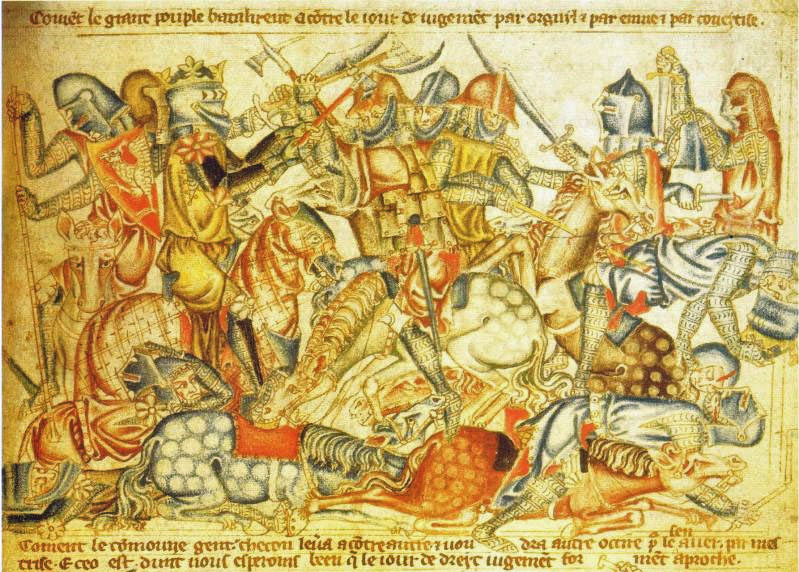
This volume is now on open access and anyone can view or download articles.
Battle of Bannockburn, 1314, from the Holkham Bible
(public domain image from Wikipedia).
Foundations Volume 6
This volume is now on open access and anyone can view or download articles.
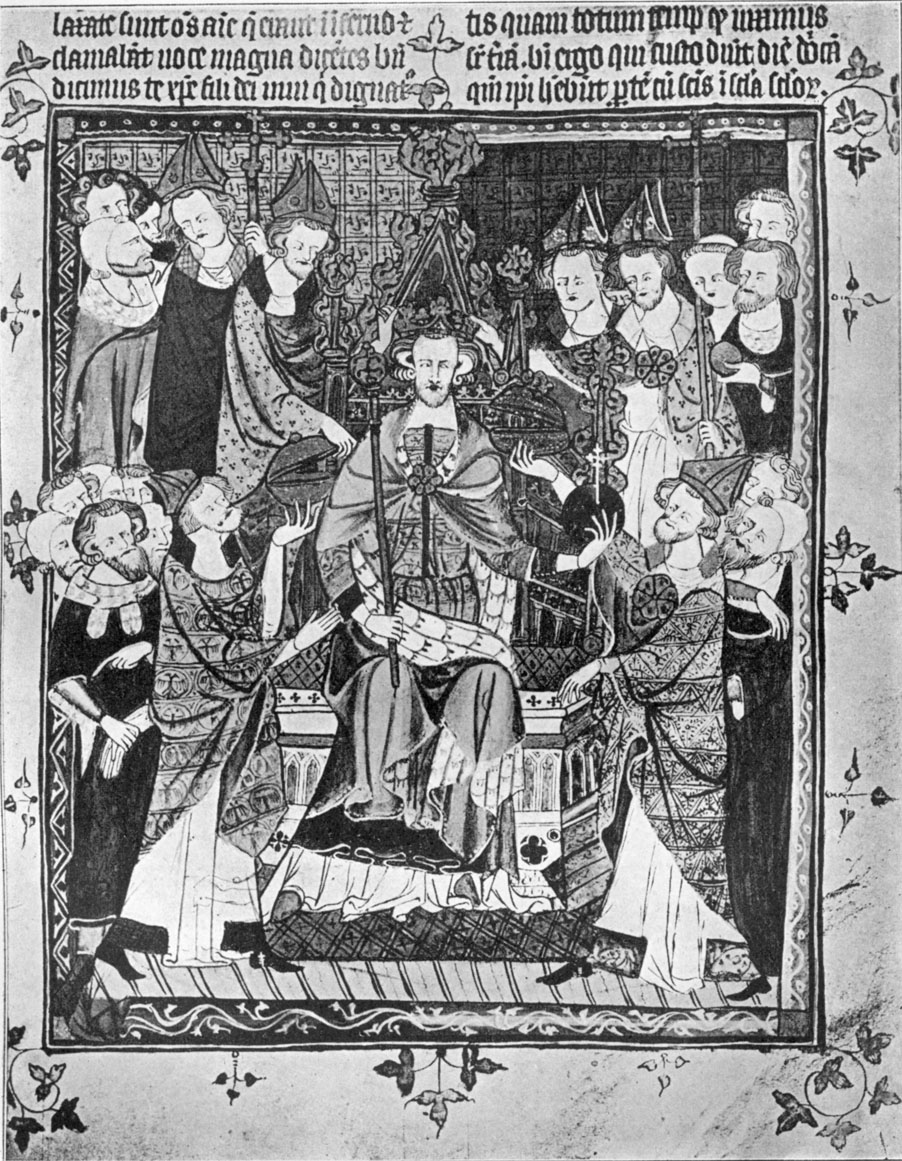
Coronation of an English king
(temp Edward II)
[an illustration from The Ancestor, vol.1 (1902) 150.
from MS M20 Corpus Christi College, Cambridge]
Foundations Volume 5
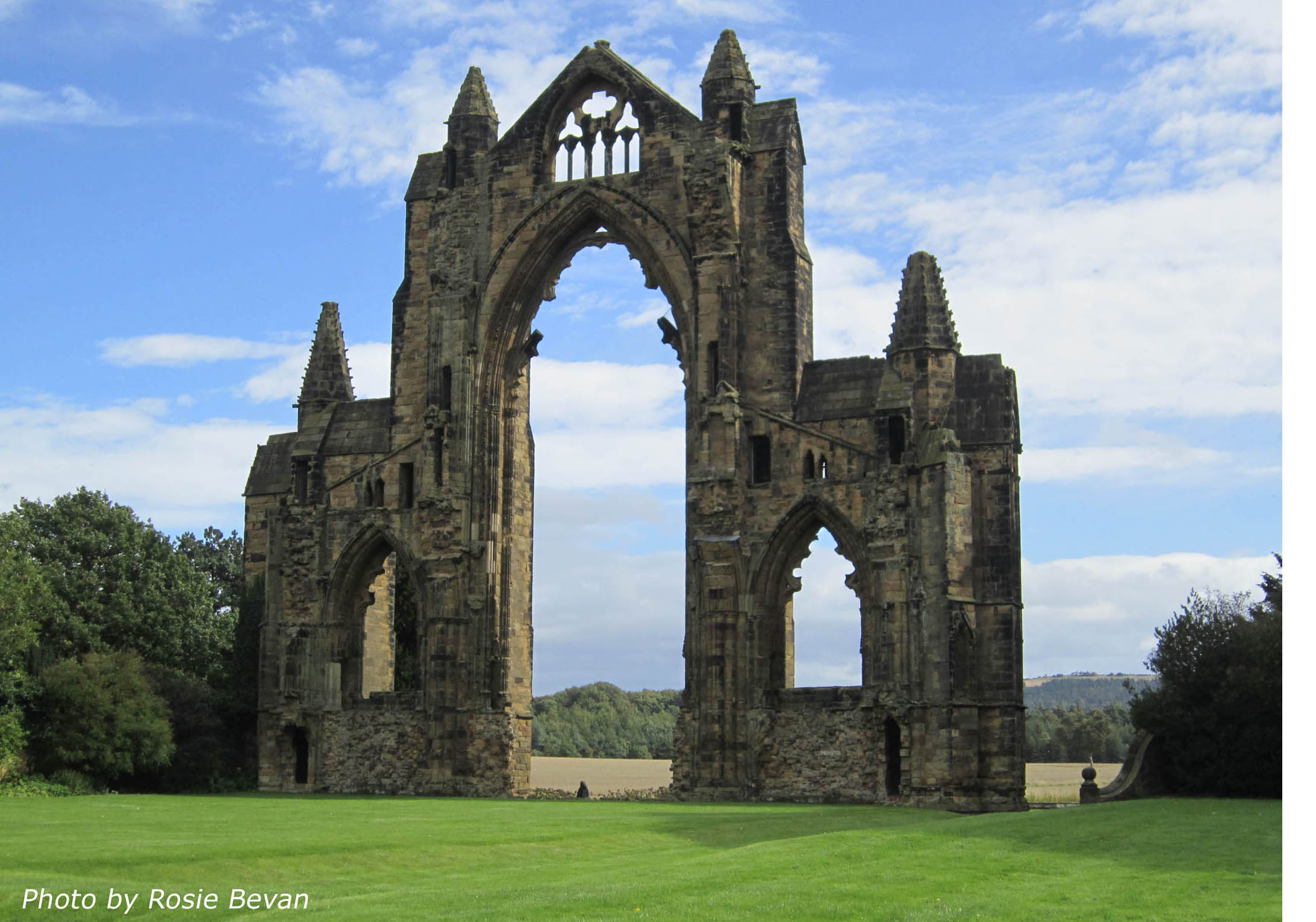
This volume is now on open access and anyone can view or download articles.
The east end of Gisborough Priory, Yorkshire
Founded in 1119 by Robert de Brus, the original Romanesque building was destroyed by fire in the late 13th century. The present ruins date from the 14th century.
See the article "Keeping it in the family" by Rosie Bevan, in this issue.
Foundations Volume 4
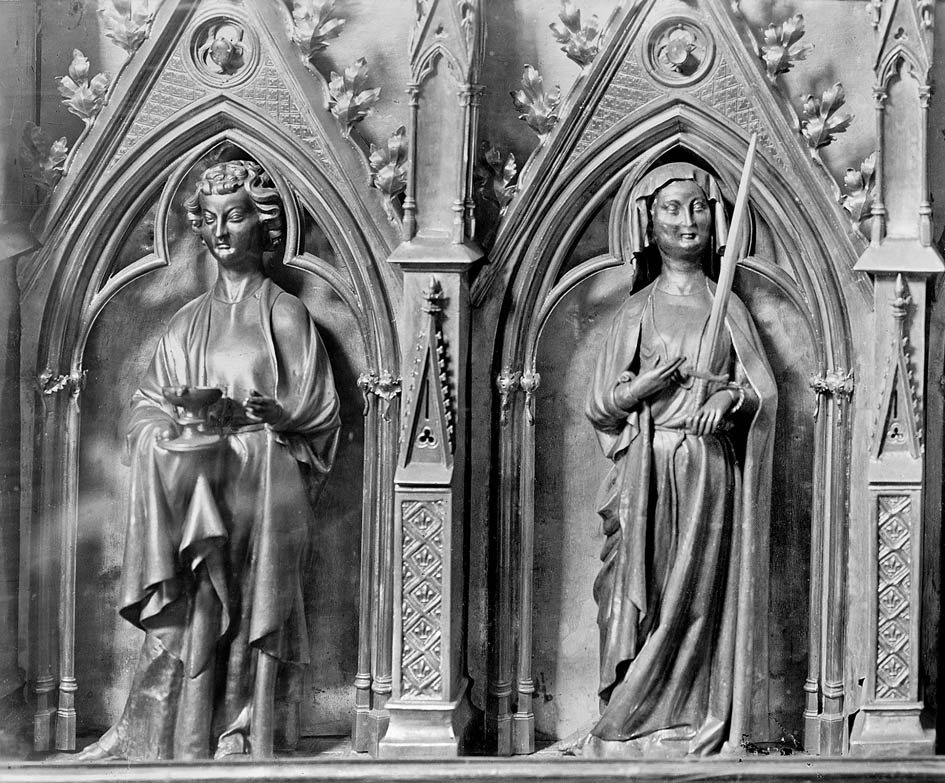 This volume is now on open access and anyone can view or download articles.
This volume is now on open access and anyone can view or download articles.
Detail from the 13th century reliquary of St Gertrude at Nivelles Abbey, Belgium.
The original was destroyed by a bomb in 1940. Remnants are on display at Nivelles.
After the war a gold and silver replica was commissioned from goldsmith William Ibens
and presented to the abbey.
The two figures are St John (L) and St Agatha(R) with the sword.
See the article "From Theophanu to St Margaret" in this journal.
Photograph © copyright IRPA-KIK, Brussels



